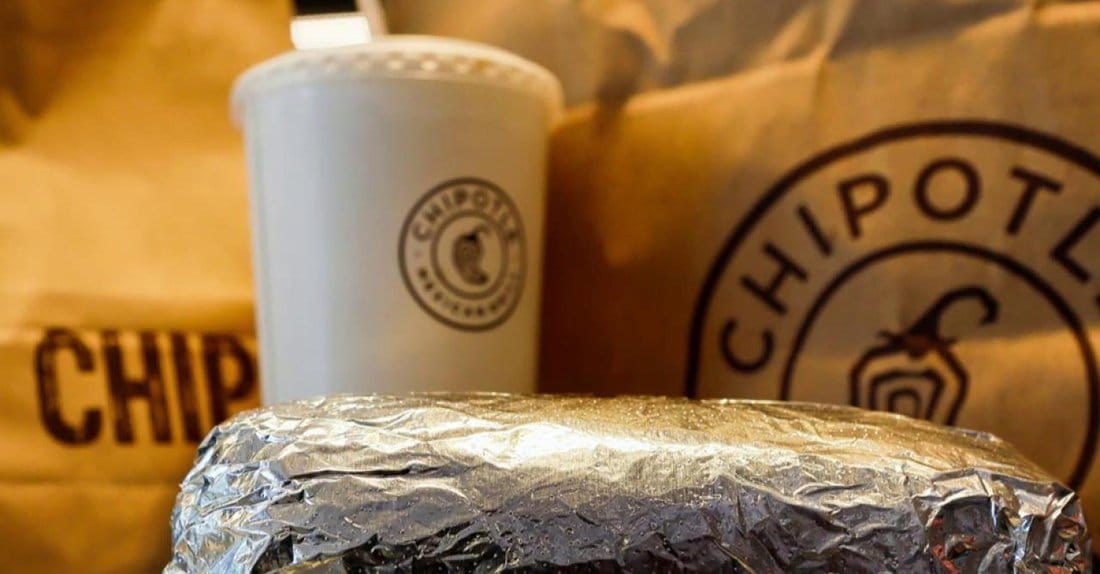|
DENVER -- It was a little more than a year ago that Chipotle was rocked by the first in a brief flurry of food contamination incidents that sent many customers fleeing from the burrito chain. Since then, the company has been trying to win back diners in a variety of ways, ranging from a sweeping overhaul of its food safety measures to adding chorizo to its menu. It even employed gimmicks such as a summer-long rewards program and offering free meals for kids.
Also read, Fast-food sales up in Alberta while full-service restaurants struggle. And yet, things are still looking sour at Chipotle: In the most recent quarter, sales were down a staggering 22 per cent at restaurants open more than a year. Investors have sent the stock down some 22 per cent so far in 2016. These troubling figures help explain why the company announced this week that co-chief executive Monty Moran was departing the company, clearing the way for its other co-chief executive, Steve Ells, to execute a singular vision to revive the business. Against that backdrop, it’d be easy to assume that Chipotle’s troubles simply reflect a need to put the food safety scare behind it. But actually, on a Monday conference call with investors, executives acknowledged that something more concerning may be turning diners off. “The data, everything that we have, suggest that there are not large numbers of customers staying away from Chipotle because they feel like either we didn’t address the problem properly or that they are afraid of Chipotle,” Mark Crumpacker, the restaurant’s chief marketing and development officer, said. Instead, the company is having trouble getting the basics right: Throughput is down, meaning customers are facing frustratingly long lines. The dining room tables and drink stations are often a mess. And patrons are constantly finding that the burrito assembly line is out of an ingredient or two. In other words, it seems the core source of Chipotle’s difficulty right now is convincing people it is enjoyable to eat at Chipotle — a remarkable turn of events for a company that was not long ago the darling of the industry for its seemingly unstoppable sales growth. Ells offered investors a frank diagnosis on Monday of the company’s problems: Restaurant employees’ time had become too consumed by overly elaborate job interview processes. And their training focused too much on soft skills and not enough on the nuts and bolts of making the restaurant run smoothly. “Over time, we started to make running our restaurants more and more complicated. And on occasion, we lost sight of what really mattered: our customers,” Ells said. Executives estimate that about half of Chipotle’s 2,100 locations are coming up short on customer service. That can take shape in a variety of ways. For example, long lines have always been the top pain point in Chipotle’s diner surveys. But lately, some of that waiting around has been attributable to slower throughput. The company regularly measures how many customers can make it through the line in a 15-minute time window, and chief financial officer John Hartung said that it is currently “well off that mark” of what it was hitting one or two years ago. The company is taking steps to try speeding things along, including creating a second burrito “make line” in the back for filling digital food orders. This should ease some of the burden in the main line, especially if Chipotle succeeds in getting more people to place online orders. And then there’s the matter of getting your custom burritos or tacos made to your liking: Crumpacker said it is an “increasingly frequent problem” that diners make it up to the counter, only to find that the assembly line is out of, say, brown rice or one type of salsa. Executives believe that solving this doesn’t necessarily call for more workers per restaurant, but just better training: Employees, they theorize, can do better at keeping up with demand if they’re given better instruction on how to do so. Same goes for those messy tables: They are hopeful that will get better as they encourage workers to turn more attention to the dining room instead of just the kitchen. Chipotle’s leaders suspect these service hitches are not completely turning off their most loyal burrito fans, but they are contributing to those diners coming to their restaurants less frequently. Chipotle executives are still barrelling ahead with expansion plans, saying they will open at least 195 new restaurants in 2017, suggesting the company remains confident about its ability to turn things around in relatively short order. But fast-casual restaurants of all stripes can take a lesson from the chain’s troubles. Diners are fickle, and the market is now teeming with comparably priced competitors that also scratch customers’ itches for fresh, ethically-sourced food. If you miss the mark on the basics, they could punish you by taking their business elsewhere. SOURCE Sarah HalzackThe Washington Post
0 Comments
Leave a Reply. |
Advertisement
News & Updates
Stay informed with the latest news around foodservice, agriculture and other related food news. Advertisement Opportunities
|


 RSS Feed
RSS Feed


